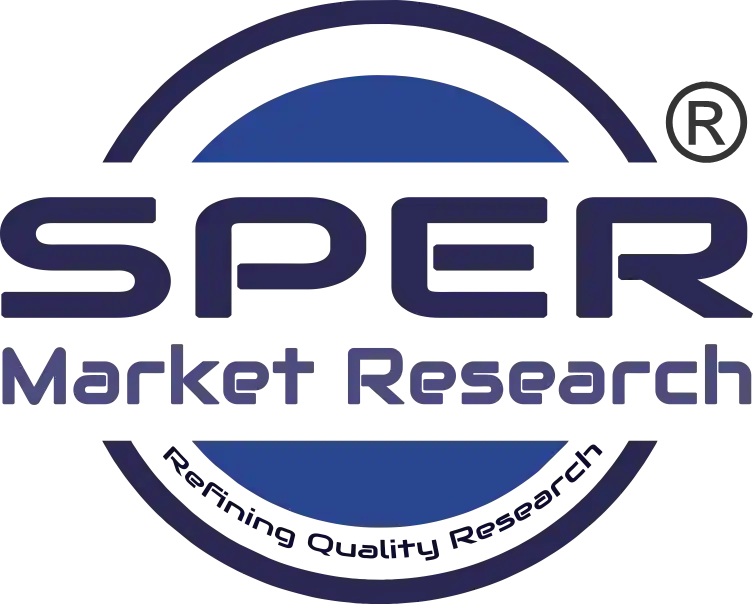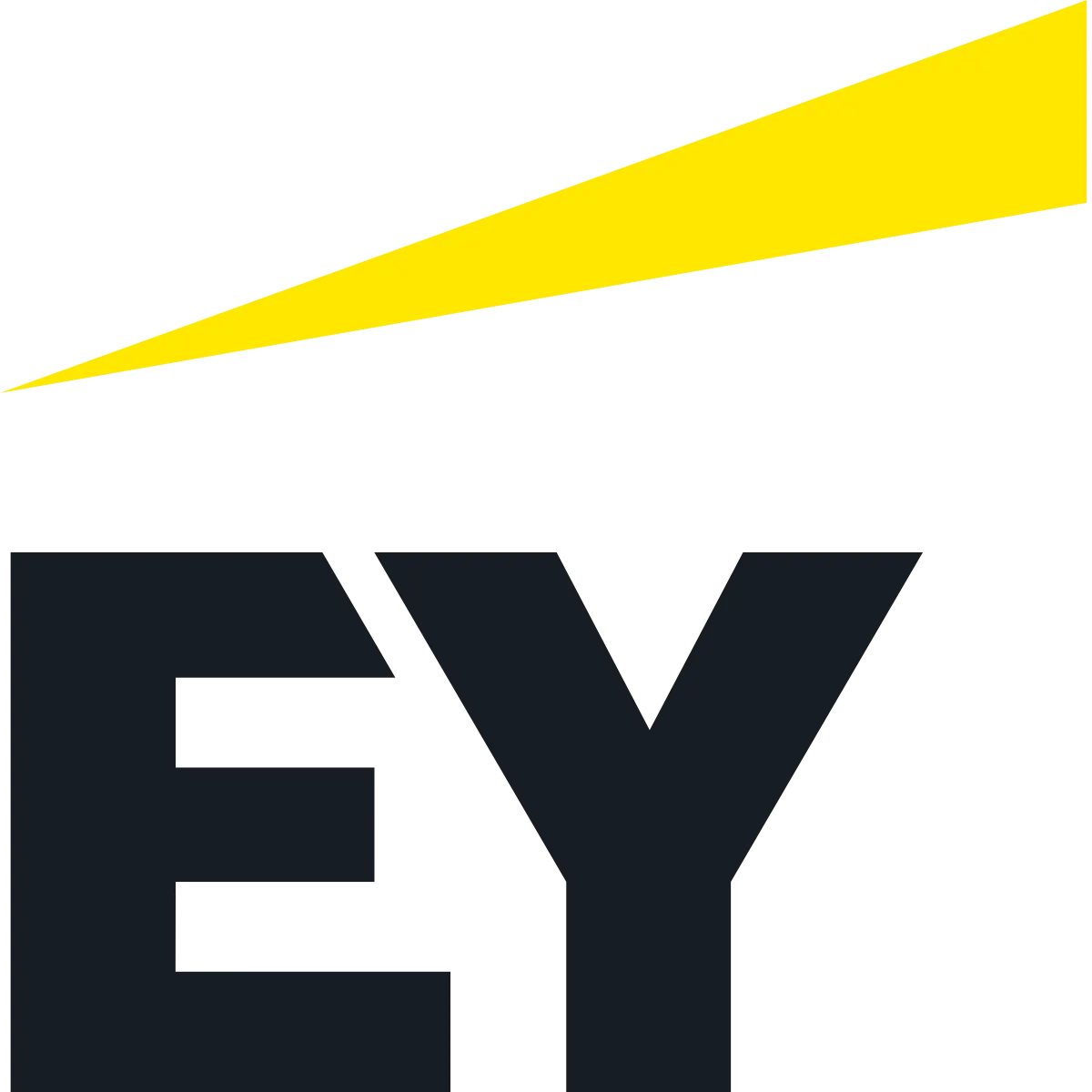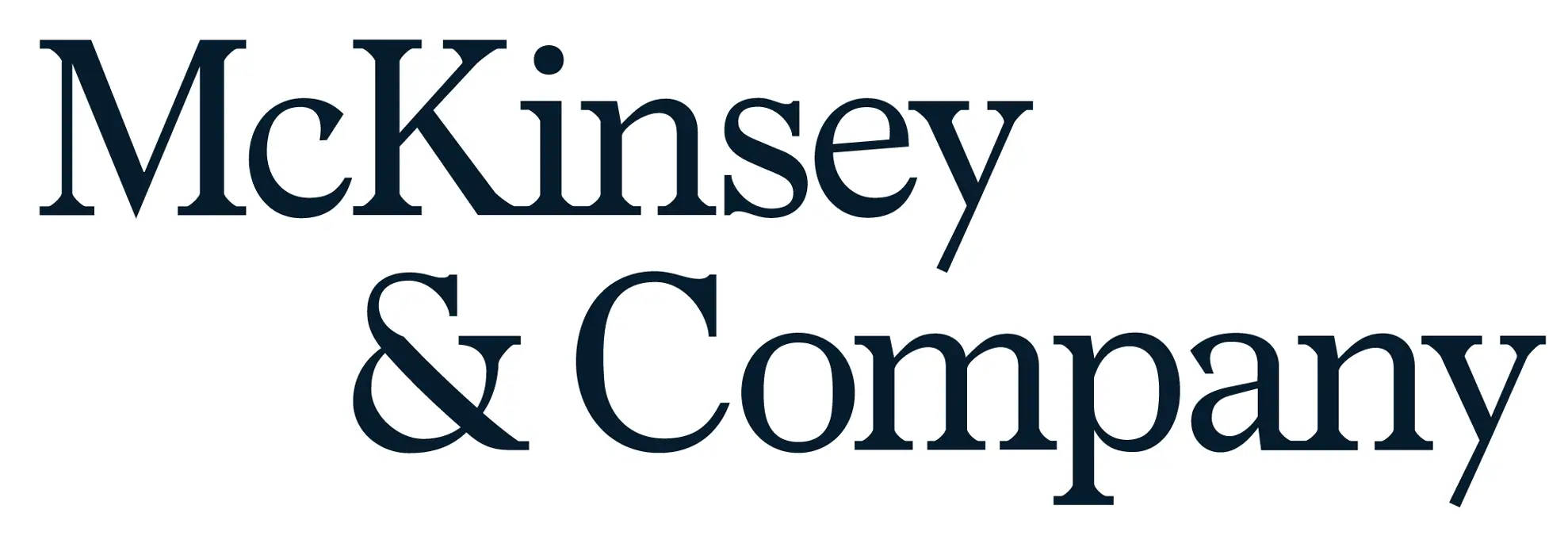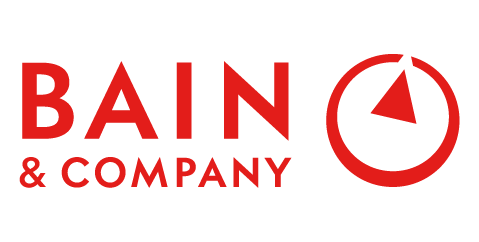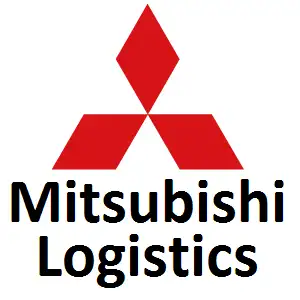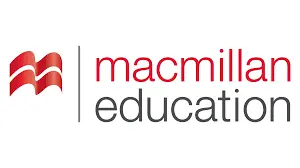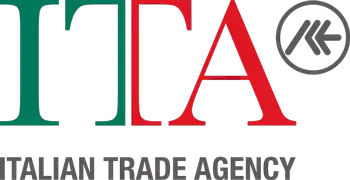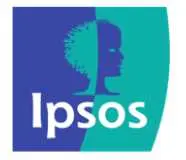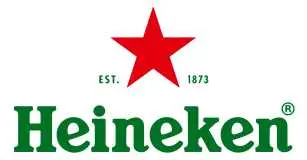
Solar Encapsulation Market Size, Trends, Growth, Analysis, Demand and Future Outlook
Solar Encapsulation Market Growth, Size, Trends Analysis - By Material, By Technology, By Application - Regional Outlook, Competitive Strategies and Segment Forecast to 2034
| Published: Apr-2025 | Report ID: POAE2519 | Pages: 1 - 283 | Formats*: |
| Category : Power & Energy | |||
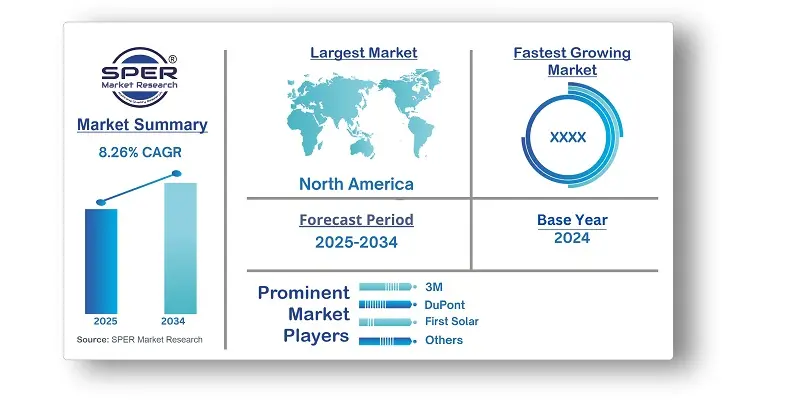
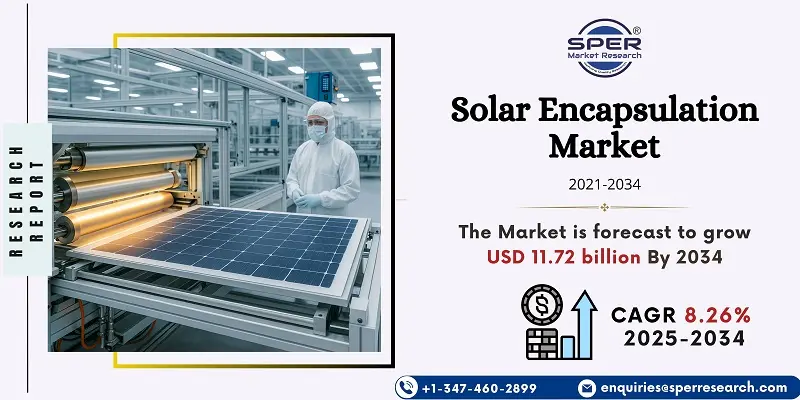
- Shanghai-based AIKO debuted its cutting-edge solar cell products using solar encapsulation technology at the All-Energy show in Melbourne, Australia, in October 2023.
- First Solar, Inc., a US solar company, bought Evolar AB for $38 million in May 2023. The aim is to speed up the development of new photovoltaic (PV) technologies, especially efficient tandem devices. This will combine Evolar's skills in thin-film PV systems with its research and development work. Evolar AB, based in Sweden, supplies solar technologies, including solar encapsulation.
| Report Metric | Details |
| Market size available for years | 2021-2034 |
| Base year considered | 2024 |
| Forecast period | 2025-2034 |
| Segments covered | By Material, By Technology, By Application. |
| Regions covered | North America, Latin America, Asia-Pacific, Europe, and Middle East & Africa. |
| Companies Covered | First Solar, H.B. Fuller Company, Dow, DuPont, Mitsui Chemicals, Inc, 3M, Exxon Mobil Corporation, Avantor, Inc, HANGZHOU FIRST APPLIED MATERIAL CO., LTD, LG Chem. |
- Global Solar Encapsulation Market Size (FY’2021-FY’2034)
- Overview of Global Solar Encapsulation Market
- Segmentation of Global Solar Encapsulation Market By Material (Ethylene Vinyl Acetate, Thermoplastic Polyurethane, Polyvinyl Butyral, Polydimethylsiloxane, Ionomer, Polyolefin)
- Segmentation of Global Solar Encapsulation Market By Technology (Crystalline Silicon Solar, Thin-Film Solar)
- Segmentation of Global Solar Encapsulation Market By Application (Ground-mounted, Building-integrated photovoltaic, Floating photovoltaic, Others)
- Statistical Snap of Global Solar Encapsulation Market
- Expansion Analysis of Global Solar Encapsulation Market
- Problems and Obstacles in Global Solar Encapsulation Market
- Competitive Landscape in the Global Solar Encapsulation Market
- Details on Current Investment in Global Solar Encapsulation Market
- Competitive Analysis of Global Solar Encapsulation Market
- Prominent Players in the Global Solar Encapsulation Market
- SWOT Analysis of Global Solar Encapsulation Market
- Global Solar Encapsulation Market Future Outlook and Projections (FY’2025-FY’2034)
- Recommendations from Analyst
1.1. Scope of the report1.2. Market segment analysis
2.1. Research data source
2.1.1. Secondary Data2.1.2. Primary Data2.1.3. SPERs internal database2.1.4. Premium insight from KOLs
2.2. Market size estimation
2.2.1. Top-down and Bottom-up approach
2.3. Data triangulation
4.1. Driver, Restraint, Opportunity and Challenges analysis
4.1.1. Drivers4.1.2. Restraints4.1.3. Opportunities4.1.4. Challenges
5.1. SWOT Analysis
5.1.1. Strengths5.1.2. Weaknesses5.1.3. Opportunities5.1.4. Threats
5.2. PESTEL Analysis
5.2.1. Political Landscape5.2.2. Economic Landscape5.2.3. Social Landscape5.2.4. Technological Landscape5.2.5. Environmental Landscape5.2.6. Legal Landscape
5.3. PORTERs Five Forces
5.3.1. Bargaining power of suppliers5.3.2. Bargaining power of buyers5.3.3. Threat of Substitute5.3.4. Threat of new entrant5.3.5. Competitive rivalry
5.4. Heat Map Analysis
6.1. Global Solar Encapsulation Market Manufacturing Base Distribution, Sales Area, Product Type6.2. Mergers & Acquisitions, Partnerships, Product Launch, and Collaboration in Global Solar Encapsulation Market
7.1. Ethylene Vinyl Acetate (EVA)7.2. Thermoplastic Polyurethane (TPU)7.3. Polyvinyl Butyral (PVB)7.4. Polydimethylsiloxane (PDMS)7.5. Ionomer7.6. Polyolefin
8.1. Crystalline Silicon Solar8.2. Thin-Film Solar
9.1. Ground-mounted9.2. Building-integrated photovoltaic9.3. Floating photovoltaic9.4. Others
10.1. Global Solar Encapsulation Market Size and Market Share
11.1. Asia-Pacific
11.1.1. Australia11.1.2. China11.1.3. India11.1.4. Japan11.1.5. South Korea11.1.6. Rest of Asia-Pacific
11.2. Europe
11.2.1. France11.2.2. Germany11.2.3. Italy11.2.4. Spain11.2.5. United Kingdom11.2.6. Rest of Europe
11.3. Middle East and Africa
11.3.1. Kingdom of Saudi Arabia11.3.2. United Arab Emirates11.3.3. Qatar11.3.4. South Africa11.3.5. Egypt11.3.6. Morocco11.3.7. Nigeria11.3.8. Rest of Middle-East and Africa
11.4. North America
11.4.1. Canada11.4.2. Mexico11.4.3. United States
11.5. Latin America
11.5.1. Argentina11.5.2. Brazil11.5.3. Rest of Latin America
12.1. First Solar
12.1.1. Company details12.1.2. Financial outlook12.1.3. Product summary12.1.4. Recent developments
12.2. H.B. Fuller Company
12.2.1. Company details12.2.2. Financial outlook12.2.3. Product summary12.2.4. Recent developments
12.3. Dow
12.3.1. Company details12.3.2. Financial outlook12.3.3. Product summary12.3.4. Recent developments
12.4. DuPont
12.4.1. Company details12.4.2. Financial outlook12.4.3. Product summary12.4.4. Recent developments
12.5. Mitsui Chemicals, Inc
12.5.1. Company details12.5.2. Financial outlook12.5.3. Product summary12.5.4. Recent developments
12.6. 3M
12.6.1. Company details12.6.2. Financial outlook12.6.3. Product summary12.6.4. Recent developments
12.7. Exxon Mobil Corporation
12.7.1. Company details12.7.2. Financial outlook12.7.3. Product summary12.7.4. Recent developments
12.8. Avantor, Inc
12.8.1. Company details12.8.2. Financial outlook12.8.3. Product summary12.8.4. Recent developments
12.9. HANGZHOU FIRST APPLIED MATERIAL CO., LTD
12.9.1. Company details12.9.2. Financial outlook12.9.3. Product summary12.9.4. Recent developments
12.10. LG Chem
12.10.1. Company details12.10.2. Financial outlook12.10.3. Product summary12.10.4. Recent developments
12.11. Others
SPER Market Research’s methodology uses great emphasis on primary research to ensure that the market intelligence insights are up to date, reliable and accurate. Primary interviews are done with players involved in each phase of a supply chain to analyze the market forecasting. The secondary research method is used to help you fully understand how the future markets and the spending patterns look likes.
The report is based on in-depth qualitative and quantitative analysis of the Product Market. The quantitative analysis involves the application of various projection and sampling techniques. The qualitative analysis involves primary interviews, surveys, and vendor briefings. The data gathered as a result of these processes are validated through experts opinion. Our research methodology entails an ideal mixture of primary and secondary initiatives.
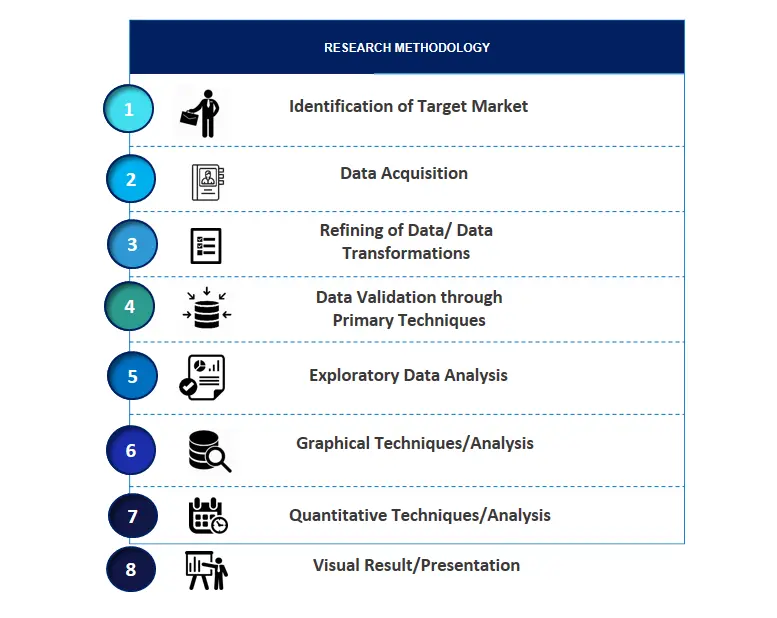
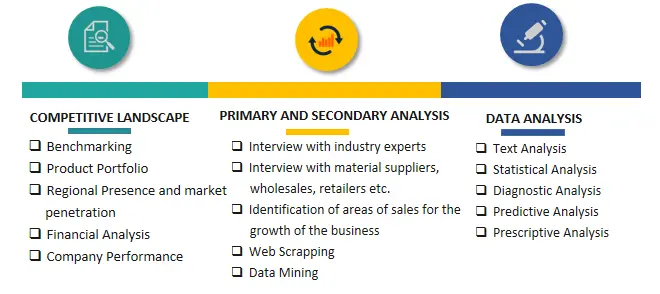

Frequently Asked Questions About This Report
PLACE AN ORDER
Year End Discount
Sample Report
Pre-Purchase Inquiry
NEED CUSTOMIZATION?
Request CustomizationCALL OR EMAIL US
100% Secure Payment
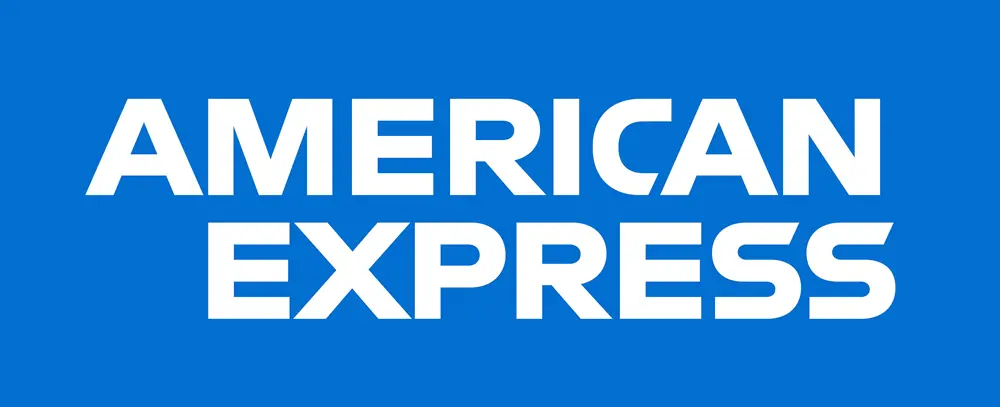

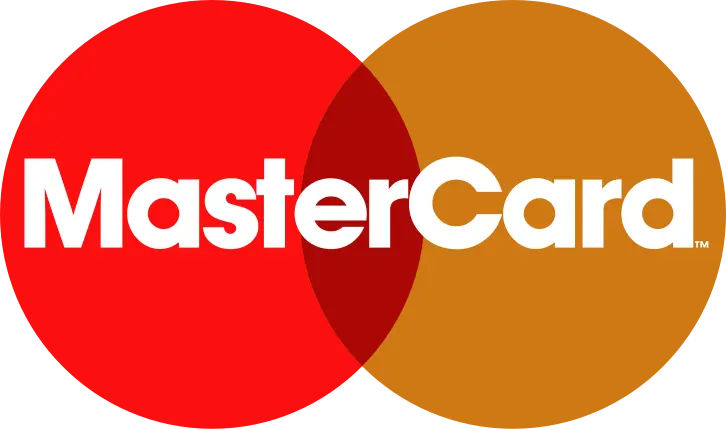



Related Reports
Our Global Clients
Our data-driven insights have influenced the strategy of 200+ reputed companies across the globe.
